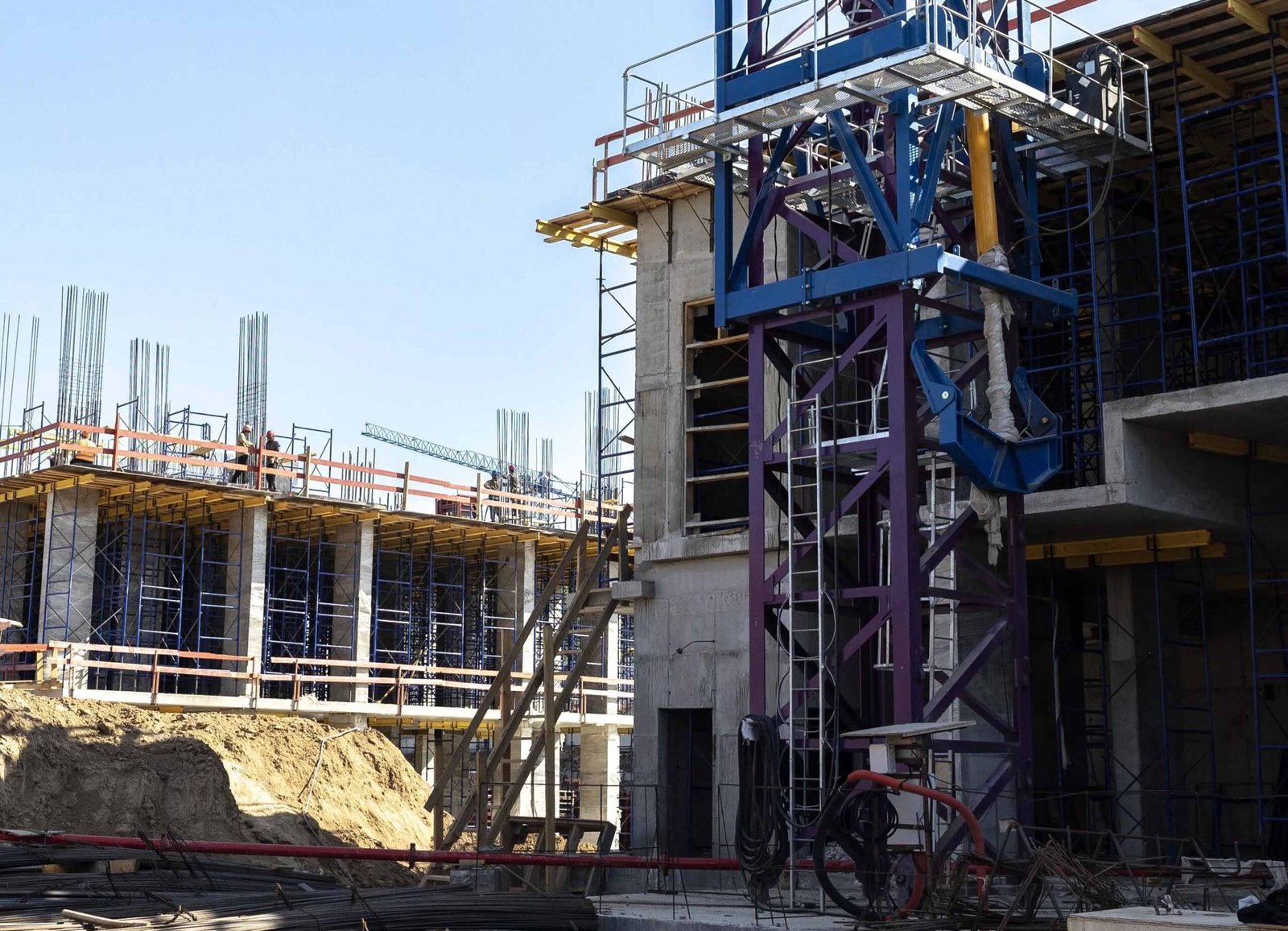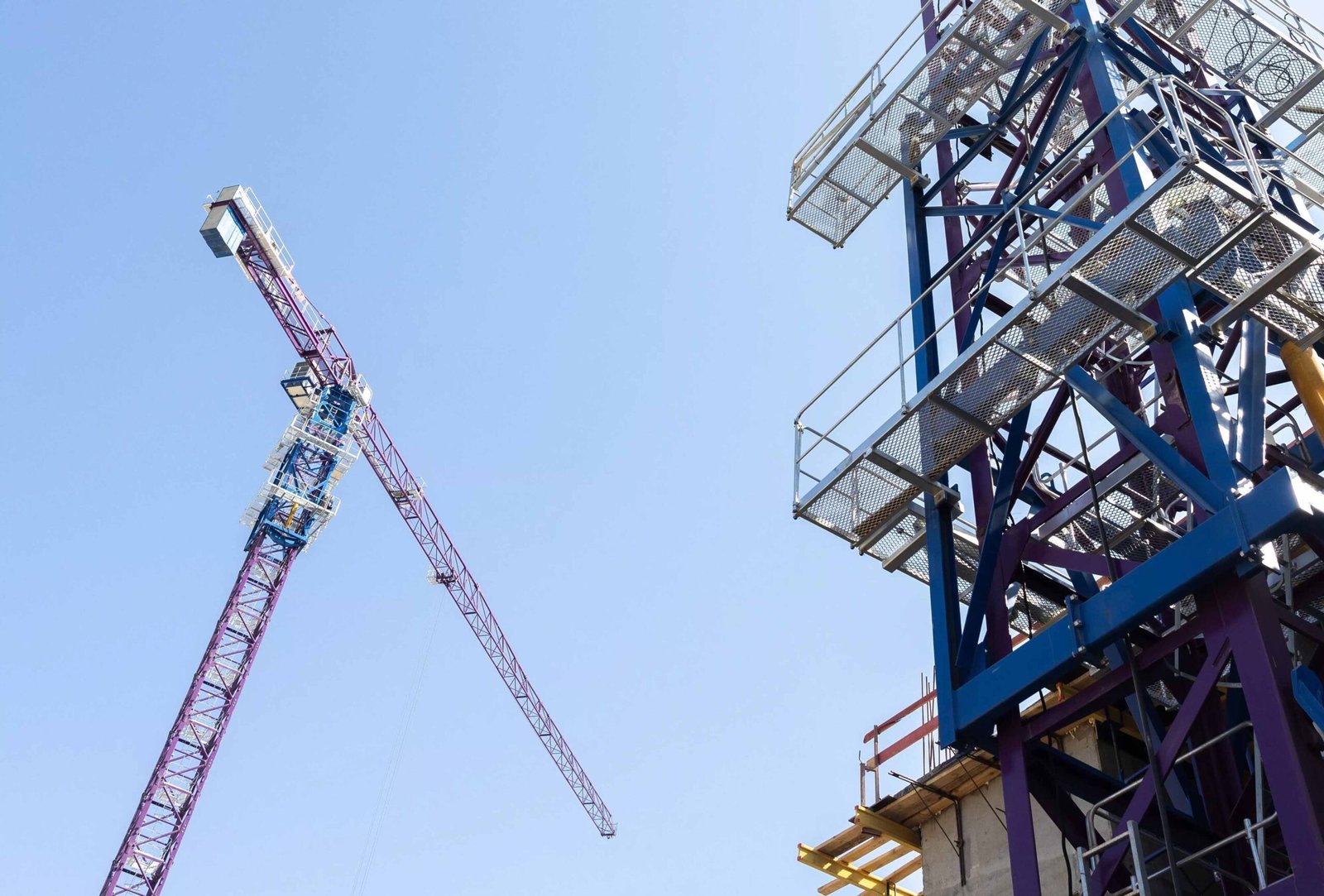
Cranes are essential for lifting heavy loads in construction and industrial settings. With numerous crane types and lifting methods available, it’s crucial to understand the different lifting techniques and their applications. This article explores the various types of crane lifts, from basic operations to complex lifting plans. Whether you are dealing with a tower crane or any other crane type, knowing how they function and how to use them effectively is key to a successful project.
There are various types of crane lifts1 used in construction, each tailored to specific tasks. Understanding the lifting methods ensures efficiency and safety.
Understanding crane lifting is essential for any construction site. Cranes are used in many ways, from simple hoisting to intricate rigging. Each type of lift serves a specific purpose, and knowing the right one for the job can make a huge difference. In this article, we will explore the most common types of crane lifting techniques and crane types, especially tower cranes.
How Many Types of Tower Crane Are There?

Tower cranes are one of the most common types of cranes used in large-scale construction projects, especially for high-rise buildings. But how many types of tower cranes are there, and what makes them different from one another?
Tower cranes2 come in several types, including self-erecting, hammerhead, and flat-top, each with specific strengths for construction tasks.
There are three main types of tower cranes used in construction:
- Hammerhead Cranes3 – These are the most traditional type of tower crane, with a horizontal jib that rotates around a central mast. They are widely used in building tall structures.
- Flat-Top Cranes – These cranes have a flat design, which makes them ideal for projects where other cranes need to operate above them.
- Self-Erecting Cranes4 – These are smaller cranes that can be assembled and disassembled quickly, typically used for residential projects or in confined spaces.
Each type has its own unique advantages depending on the nature of the construction site and the load requirements.
Types of Tower Cranes:
| Crane Type | Description | Best Use Case |
|---|---|---|
| Hammerhead | Large jib crane with a rotating horizontal arm | Best for tall buildings and large projects |
| Flat-Top | Cranes with a flat design, no protruding structure at the top | Used where other cranes operate above or near |
| Self-Erecting | Cranes that can assemble themselves on-site | Ideal for residential projects or tight spaces |
What is a Basic Crane Lift?

A basic crane lift refers to the simplest form of crane operation, where a crane is used to lift a load vertically. This can involve lifting materials such as steel beams, concrete blocks, or equipment from one point to another on the construction site.
A basic crane lift involves raising and lowering loads vertically, typically used for materials handling on construction sites.
In a basic crane lift, the process involves hoisting the load from its original position to a new one, using a hook and sling system. This method is often used for lifting construction materials or machinery. While the operation is simple, it requires careful planning to ensure safety, including factors like load weight, lifting height, and crane capacity. Basic crane lifts are essential in nearly all construction and industrial operations.
Common Components of a Basic Lift:
| Component | Description |
|---|---|
| Crane Hook | The part of the crane used to attach and lift the load. |
| Sling/Chain | Used to secure the load to the crane hook. |
| Load | The object being lifted, such as construction materials or machinery. |
How Many Types of Lifting Are There in Construction?

In construction, lifting methods can be divided into several categories based on the complexity and type of load. These include vertical lifts, horizontal lifts, and specialized lifting methods for large or irregularly shaped loads.
Construction lifting methods include vertical, horizontal, and specialized lifts, each suited for different types of materials and projects.
The main types of lifting in construction are:
- Vertical Lifting – The most common type of crane lift, where the load is lifted straight up and down.
- Horizontal Lifting – Used when a load needs to be moved horizontally across a site, often with the help of additional rigging.
- Specialized Lifting – Used for particularly heavy or delicate loads, often involving complex rigging systems or tandem lifts.
Each lifting type is used in specific scenarios depending on the materials, size, and project requirements. Vertical lifts are the most straightforward, while horizontal and specialized lifts often require more planning and safety measures.
Types of Lifting in Construction:
| Lifting Type | Description | Best Use Case |
|---|---|---|
| Vertical Lifting | Lifting loads directly upward or downward | Ideal for moving materials up and down on building sites |
| Horizontal Lifting | Moving loads horizontally across a construction site | Useful for transporting large equipment or materials |
| Specialized Lifting | Complex rigging for unusually heavy or large objects | Used for sensitive or exceptionally heavy loads |
How Many Types of Lifting Plans Are There?

A lifting plan is a detailed document that outlines the method and safety precautions for lifting operations on a construction site. Lifting plans are essential for ensuring safety and efficiency during crane operations. But how many types of lifting plans exist?
Lifting plans are divided into several types, including simple, complex, and detailed plans, each tailored to different crane operations.
There are three main types of lifting plans:
- Simple Lifting Plan – Used for straightforward, low-risk lifting operations, typically for small or uncomplicated loads.
- Complex Lifting Plan – Necessary for lifts involving multiple cranes, heavy loads, or high-risk conditions.
- Detailed Lifting Plan – Required for large, high-risk operations that involve very heavy or dangerous loads, often including multiple teams and complex coordination.
Each type of lifting plan helps ensure that all crane operations are carried out safely and according to regulations.
Types of Lifting Plans:
| Plan Type | Description | Best Use Case |
|---|---|---|
| Simple Lifting Plan | Basic lifting operations with low-risk conditions | Ideal for routine or low-risk operations |
| Complex Lifting Plan | Used for high-risk lifts, often involving multiple cranes | Required for lifting heavy loads or in confined spaces |
| Detailed Lifting Plan | Involves intricate planning and coordination | Used for large-scale or hazardous lifting operations |
Conclusion
Understanding the different types of crane lifts and lifting plans is crucial for ensuring safety and efficiency on construction sites. From basic vertical lifts to complex rigging systems, each type of lift serves a unique purpose. Tower cranes come in several variations, such as hammerhead and self-erecting cranes, each suited for specific tasks. By knowing which lift method or crane type is best suited for your project, you can optimize operations and reduce the risk of accidents.
-
Learn about the various crane lifts used in construction for specific tasks. ↩
-
Understand the various types of tower cranes and their applications in construction. ↩
-
Explore the function and uses of hammerhead cranes in construction. ↩
-
Learn about self-erecting cranes and their applications in small-scale projects. ↩






